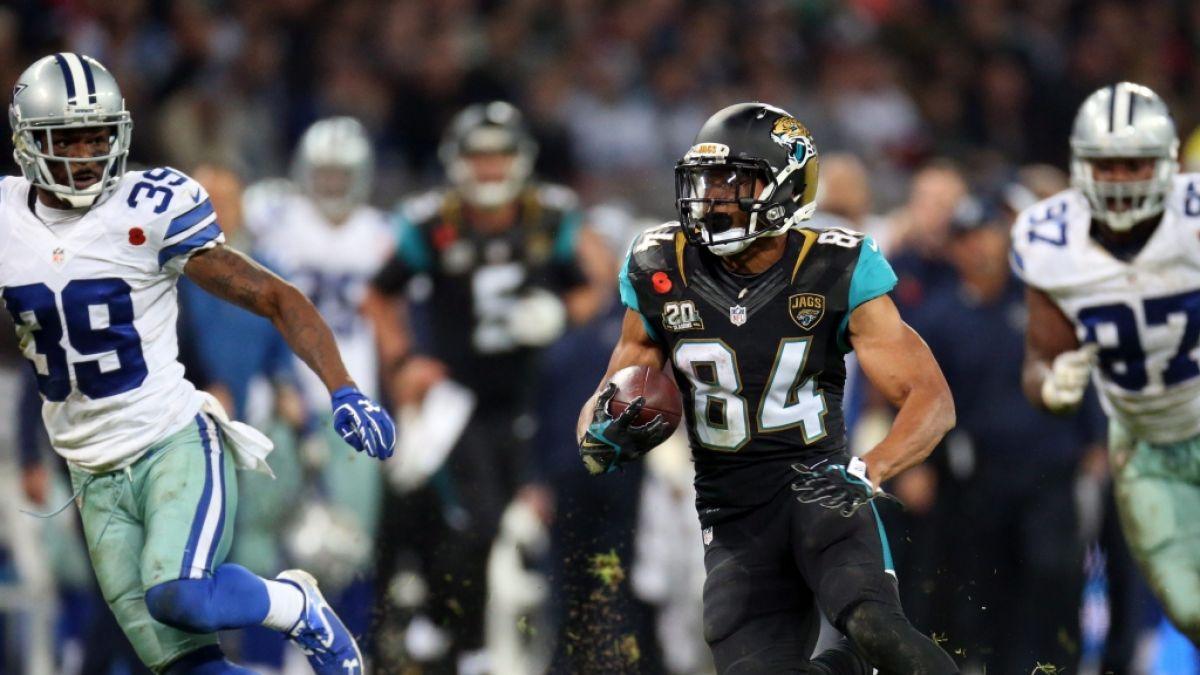The Changing Landscape of Football on TV

Introduction
Football remains one of the most popular sports globally, with millions of fans tuning in to watch matches on television. As technology evolves, so does the way audiences engage with the sport. Understanding the current trends in football on TV is vital for fans, broadcasters, and advertisers alike, as the viewership patterns significantly influence the future of broadcasting rights and engagements.
Current Trends in Football Broadcasting
Recent data indicates that television viewership for football has seen a substantial shift, particularly in the UK. According to a report from Ofcom, 38% of adults watched live sports on TV in 2022, with football dominating the viewership landscape. Major leagues such as the Premier League and UEFA Champions League continue to attract millions of viewers each week, with crucial matches often becoming must-see events for fans.
Streaming services are also gaining traction as alternatives to traditional television. Platforms like Amazon Prime Video and BT Sport have acquired broadcasting rights, providing viewers with flexible ways to watch their favourite teams. This shift towards streaming is particularly appealing to younger audiences, many of whom prefer to access content on handheld devices or via online subscriptions.
Impact of Broadcasting Rights
The value of broadcasting rights for football leagues continues to escalate, leading to record deals in recent years. The Premier League’s rights package for the 2019-2022 cycle was valued at approximately £9.2 billion. This substantial investment highlights the importance of football on TV as advertisers and sponsors seek to engage with the sport’s massive audience.
Moreover, the recent announcement of Disney’s potential interest in acquiring Premier League rights shows the ongoing competition among broadcasters. With the rise of OTT services, traditional broadcasters are re-evaluating their strategies to maintain viewership and relevance.
Conclusion
As the landscape of football on TV evolves, staying informed about trends and viewership patterns is crucial for fans and industry stakeholders. The continual rise of streaming platforms presents both challenges and opportunities for traditional broadcasters. With substantial investments in broadcasting rights and the growing demand for accessible viewing options, football on TV remains a vibrant and ever-changing world. Future developments are set to reshape how fans experience the beautiful game, confirming that football on TV will continue to play an integral role in sports culture.
